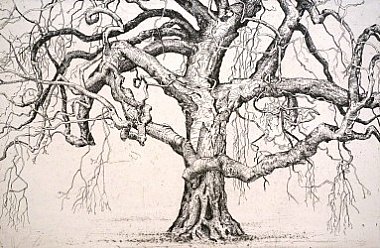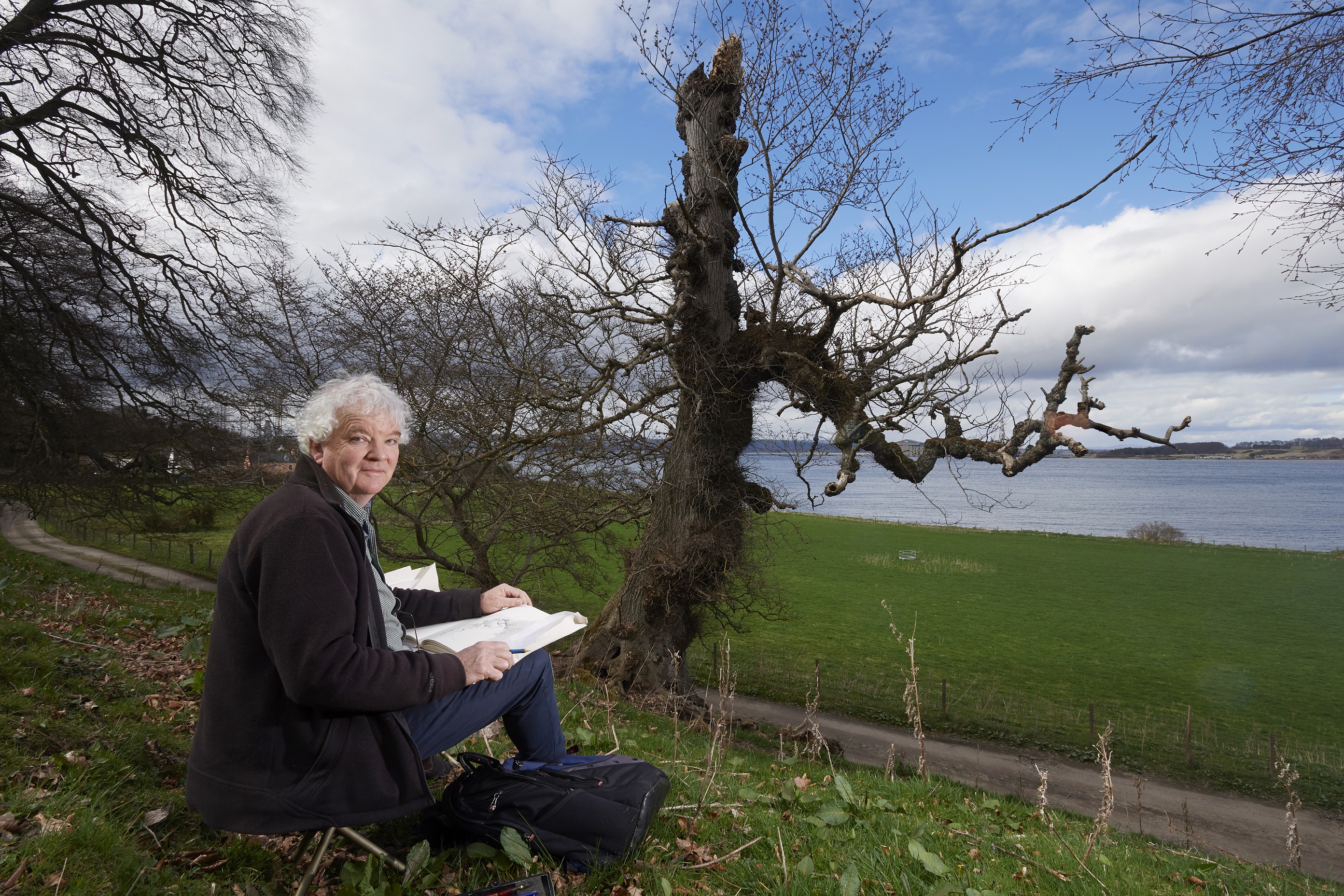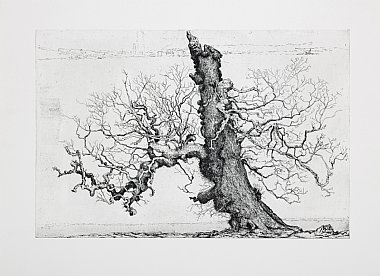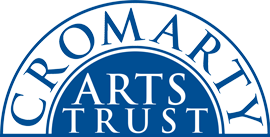Cromarty Treescapes
When: Friday, July 27th 2018 - Sunday, August 5th 2018, Start Time: 10:00, End Time: 17:00
Where: The Stables Causeway, Cromarty IV11 8XS
- Part of:
- Exhibitions
 A major exhibition of etchings by international artist, Ian Westacott, chronicling the great elm trees and sweet chestnuts that date back to the grand planting schemes around first Cromarty Castle and then Cromarty House but which are now sadly succumbing to Dutch Elm disease and old age.
A major exhibition of etchings by international artist, Ian Westacott, chronicling the great elm trees and sweet chestnuts that date back to the grand planting schemes around first Cromarty Castle and then Cromarty House but which are now sadly succumbing to Dutch Elm disease and old age.
Background
A succession of Cromarty’s eighteenth-century lairds spent fortunes remodelling the estate with ambitious plantings. A planting list of 1756 prepared by John Urquhart of Cromarty’s surveyor and gardener, James May, lists 136,363 trees. His plan of 1753 shows the Gallow’s Hill above the Castle with a spiral ride to the top with twelve radiating avenues offering views of the surrounding county towns and mansions in Moray, Nairn and Easter Ross. At the end of the century the 1794 Statistical Account of Scotland describes how his successor George Ross, who had replaced the castle with a classical mansion, expended considerable sums on “beautifying and enlarging the pleasure-grounds around the house and hill of Cromarty. The latter is covered with firs and forest trees of all kinds, and beautifully interspersed with delightful walks; the grandeur of the prospect from many parts of this hill or south Sutor, is beyond description … and constitutes, upon the whole, the most beautiful variety of land and water that is to be met with in Britain.”
 The last vestiges of these plantings still survive in the form of majestic elms and gnarled chestnut trees. But after a forty year delay, Dutch Elm Disease, which romped across southern England in the 1970s has found its way across the Cairngorms and is now wreaking havoc across one of the last redoubts of Elms in mainland Britain.
The last vestiges of these plantings still survive in the form of majestic elms and gnarled chestnut trees. But after a forty year delay, Dutch Elm Disease, which romped across southern England in the 1970s has found its way across the Cairngorms and is now wreaking havoc across one of the last redoubts of Elms in mainland Britain.
Westacott is fascinated by the twisted, gnarled and misshapen forms of ancient elms and sweet chestnuts. His large etchings capture the majestic character of individual specimen trees of the Cromarty Estate on the Black Isle, where he has been working over the last two years. Elms and sweet chestnuts are particular features of the woodlands here (the sweet chestnuts are among the most northern specimens in existence).
 Sitting outside, come wind or rain, Westacott uses careful observation and meticulous craftsmanship, drawing direct onto large copper plates, to create the initial images. Back in his studio near Dornoch, he works further, refining and adding to the images and choosing papers and inks to produce a limited edition of original prints.
Sitting outside, come wind or rain, Westacott uses careful observation and meticulous craftsmanship, drawing direct onto large copper plates, to create the initial images. Back in his studio near Dornoch, he works further, refining and adding to the images and choosing papers and inks to produce a limited edition of original prints.
John Nightingale, the current laird of Cromarty, who commissioned Ian to undertake this project, said: "At times, it has felt as though Ian was working in a race against time. The elms are dying from Dutch elm disease, and with trees that are hundreds of years old, gales are a regular threat. Ian is a master of the art of etching in the tradition of Rembrandt and Turner and his work provides an extraordinary evocation of a vanishing treescape.”
The exhibition at the Stables in Cromarty will display the images close to where the trees are growing. Alongside the exhibition, the Cromarty Arts Trust is publishing a guide so that visitors or local residents can explore the woods around Cromarty and seek out the trees that Westacott has chosen to portray.
The exhibition will run at the Stables, Cromarty from 27 July to 5 August 2018. Some of the prints will subsequently be on show at Browns Gallery in Tain.
Open daily: 10.00am - 5.00pm (other than Sunday 5th August: 10.00am - 12.00pm)
Free entry. Majority of prints displayed will be for sale.
